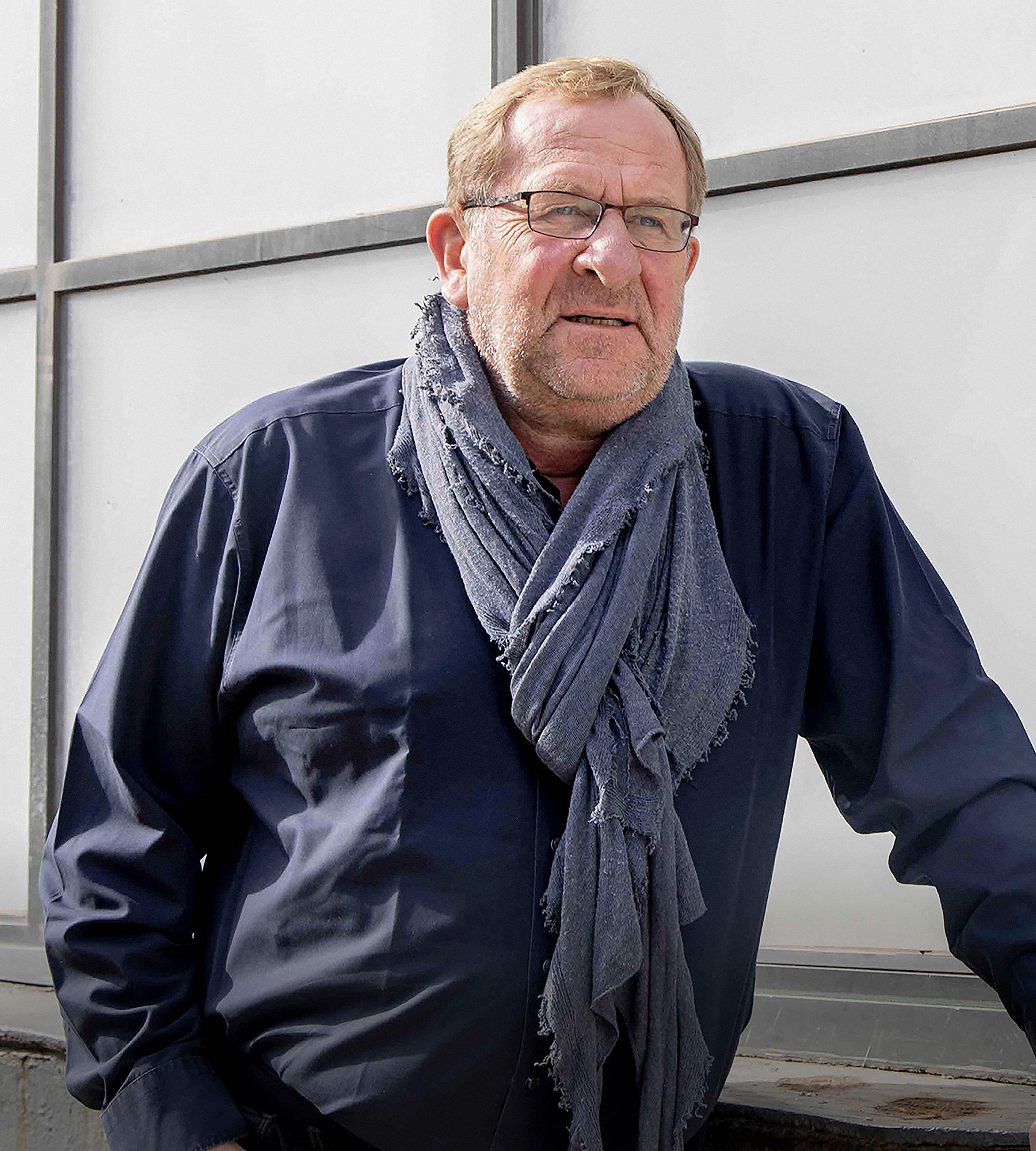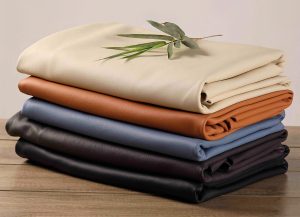Language
You can read the magazine in one of the following languages
The next generation of materials has arrived. Applied biotechnology has made possible the creation of non-plastic, non-synthetic and vegan materials as sustainable and ethical additions to their petro-based synthetics.
The ultimatum: innovate or stagnate. Those who have embraced the former have found a challenge with significant rewards. That’s certainly the case for ISA Next-Gen Materials, a leading footwear leather producer that’s made significant inroads over its 31-year history.
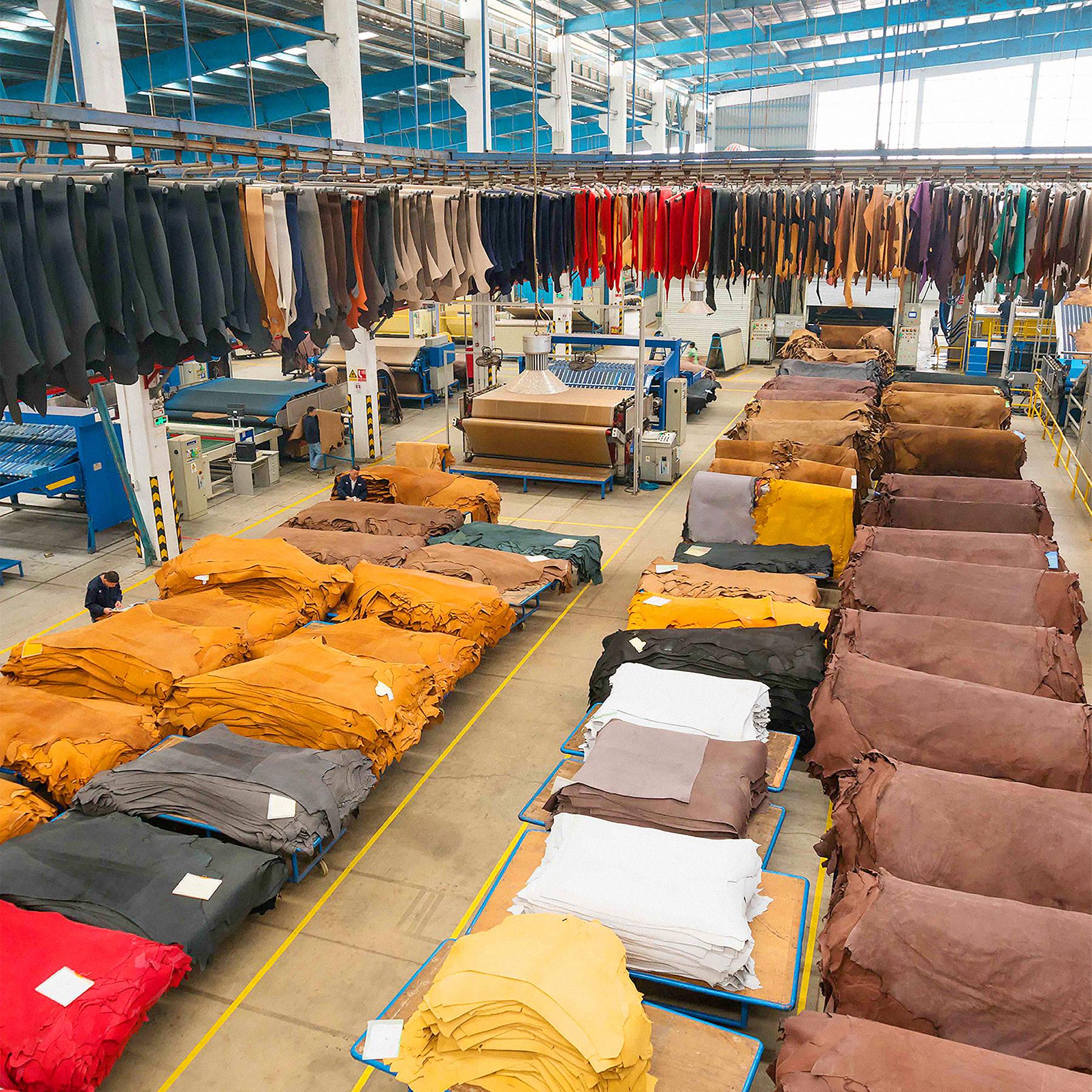
“Our new arm of the business is material that has 100 percent bio content.”
“ISA’s ‘next-gen’ materials are a provocation,” Thomas Schneider, ISA Next-Gen Materials’ Founder and Executive Chairman, tells The CEO Magazine.
“And I see myself as an ambassador of next-gen materials, recognizing that our sustainable leather and sustainable additional materials fall into this category.”
Sustainability has proven to be a significant driving force within the leather sector. Leather producers are striving to adhere to newer sustainable standards; meanwhile, sustainability efforts in other areas deliver a chain reaction.
“Hide is a by-product, a waste product of the meat industry,” Schneider says. “You don’t slaughter a cow for its hide. Prices of hides have slumped by 80 percent in the past eight years because 40 percent of the hides nowadays end up on the landfill, causing high CO2 emissions due to the rotting process.”
As a result, many tanneries and leather producers have fallen on hard times. So too has the customership. Automotive leather has suffered dramatically from a near-total switch to synthetics.
“Synthetics are cheaper, easier to manufacture and easier to make into a seat,” Schneider explains. “Automotive companies specializing in electric vehicles have taken great advantage, given the extreme price war on EVs at the moment. It’s a completely different world from where we were eight years ago.”
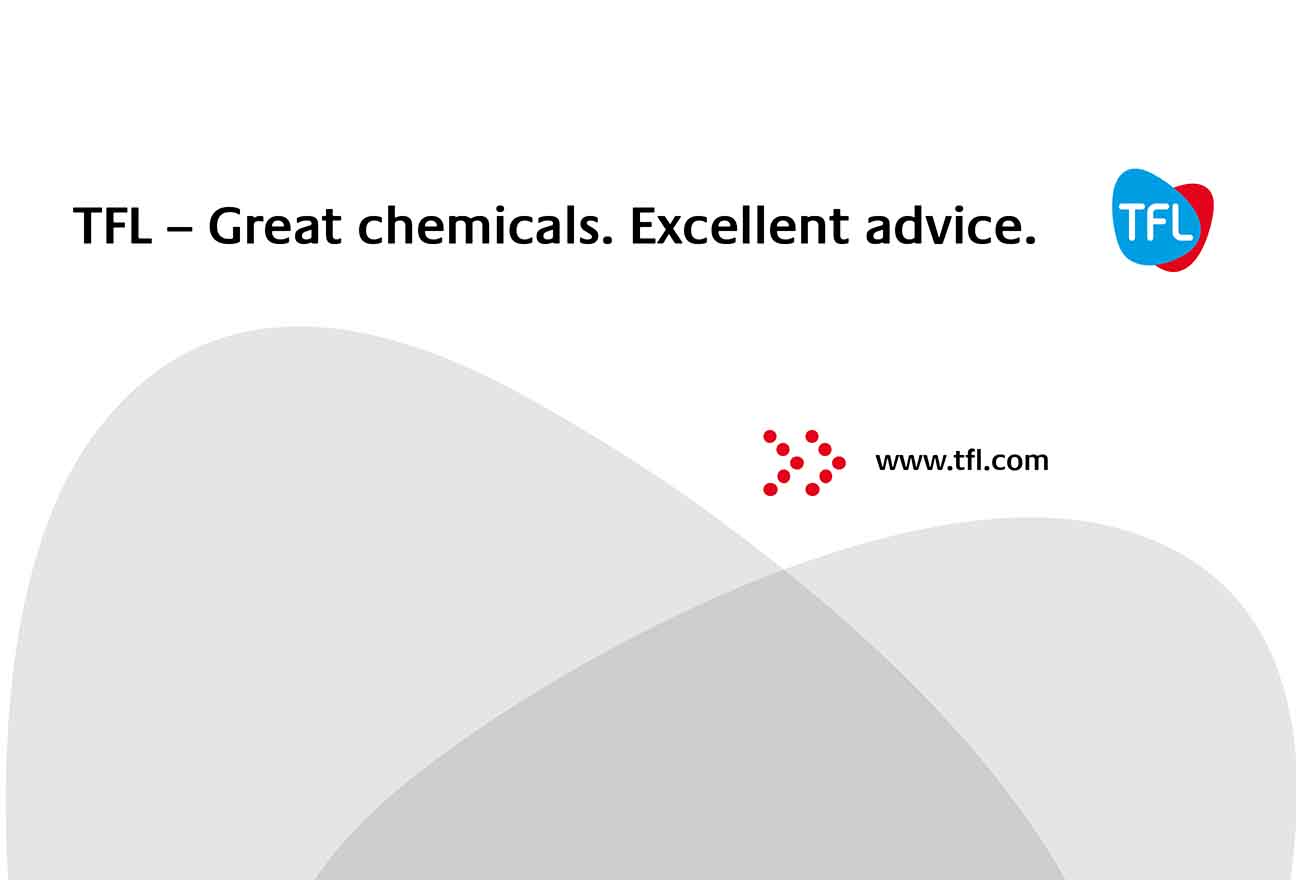
ISA Next-Gen Materials is one of the few leather manufacturers to weather the storm well. Schneider says the company’s innovations in sustainable materials, including sustainable leathers, like regenerative leather, and cellulose ‘bio-based’ materials, have strengthened it in the face of such a downturn.
“We’ve maintained our position very well,” he says. “Our new arm of the business is material that has 100 percent bio content. It’s been accepted in the market and we’re working to grow that segment.”
Such has been ISA Next-Gen Materials’ success, particularly with HyphaLite™ TC (its plant-based solution to petroleum-based synthetics), that the company is now seen as a thought leader in the field.
“If people want to understand innovations in sustainability and discover new, low-footprint versions of leather, they come to us,” Schneider says.
ISA Next-Gen Materials’ hero initiative in the space is its Low Impact to the Environment (LITE™) Concept. Customers are provided with facts and figures around the environmental realities of leather creation, allowing them to choose the most environmentally friendly product.
LITE also reduces water, chemical and energy usage throughout its manufacturing process. Schneider says it’s an ideal way to maintain the company’s mainline product range while strengthening its ever-growing bio-based material line.
“We have strong potential for growth over the next five years across the whole ISA group,” he says. “And we do that by maintaining and improving our core business in parallel with our non-leather side.”

“We should conduct life cycle analyses that take into account longevity. Synthetic products may last you five years, while a leather product gives you 15.”
The latter, he admits, is the big challenge the company faces going forward.
“Every footwear brand wants a sustainable, environmentally sound product. But once they have it, they don’t know how to market it. It’s beyond their scope,” he says.
“If an athletic company needs to market something, they market the brand, not the special product.”
ISA Next-Gen Materials has found itself in a similar situation.
“We work with 15 different brands, so our challenge is to convince them to showcase our special products. I made three appearances at Berlin Fashion Week to present not only our products but also highlight ISA Next-Gen Materials as a brand,” he says.
“It’s a new area and brands need to work on this. We’ve helped by providing them with the marketing tools to do so, but it’ll take time. They see it as too small a thing to put much work into.”
The other great challenge for ISA Next-Gen Materials is to defend leather in a world at risk of outgrowing it.
“It’s been labeled as an environmentally hostile product with a high carbon footprint,” he notes.
“We should conduct life cycle analyses that take into account longevity. Synthetic products may last you five years, while a leather product gives you 15. It’s important to calculate the carbon footprint in relation to the lifetime of the product.”
The company’s steadfast adherence to its foundational business of leather has left it with a stable of partners and stakeholders from every part of the value chain, from Tyson Fresh Meats to chemical producer TFL.
“We’re always maintaining good relationships with our partners,” Schneider adds. “If there’s a problem, we work it out together. We want to have stability, whether it’s with partners, suppliers or customers. That’s how everybody improves.”
This improvement process is driven by ISA Next-Gen Materials’ enthusiastic encouragement of feedback.
“It’s not so simple to ask customers for feedback,” Schneider says. “We’ve developed surveys to help us truly understand our customers. We work continuously to improve and that feedback helps. Today we’re in a very, very low range of failure for that reason, we eliminate problems before they happen.”
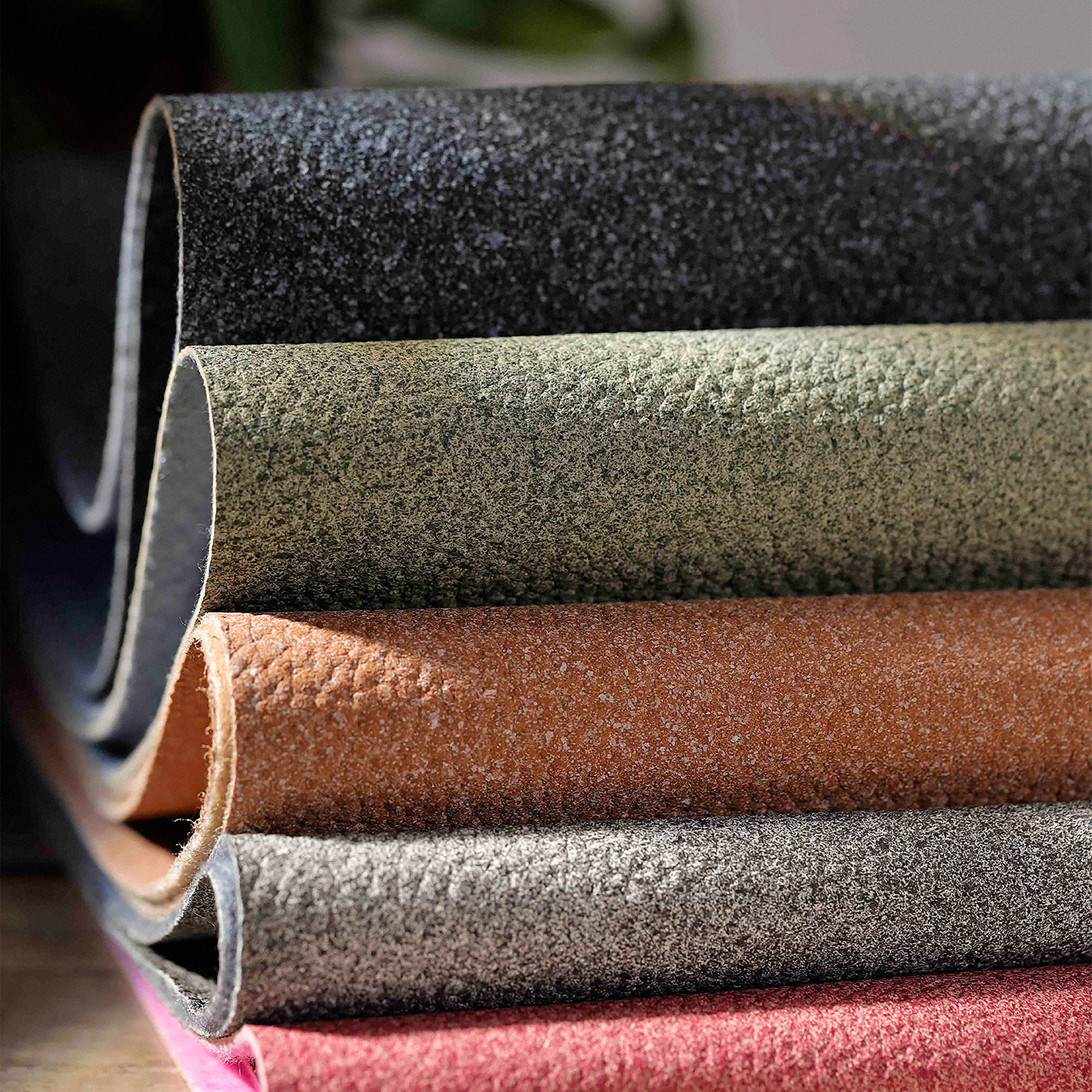
“Whether it’s leather with a low-carbon footprint or bio-based material, next-gen material is the key for us.”
As the captain of a ship heading into uncharted waters, Schneider is quick to point out that any progress is a team effort.
“You can’t run a company on your own. It doesn’t work. You have to have a very good team that can make decisions,” he says.
“My philosophy has always been that there’s someone out there who can do a better job than me. You can’t always think you’re the only one who can do it all. Having that person in the back of your mind keeps you humble.”
The other pillar of philosophy at the heart of ISA Next-Gen Materials is a strict adherence to honesty.
“When we make a claim of an environmental benefit, customers know it’s real,” Schneider affirms. “I’ve always seen having audits as an advantage: you’re being transparent, and if something’s wrong, it’s a chance to improve. People appreciate our attitude of being on time, across the details, and able to back up our claims. That’s crucial, especially today, and it sets us apart.”
“Whether it’s leather with a low-carbon footprint or bio-based material, next-gen material is the key for us.”
